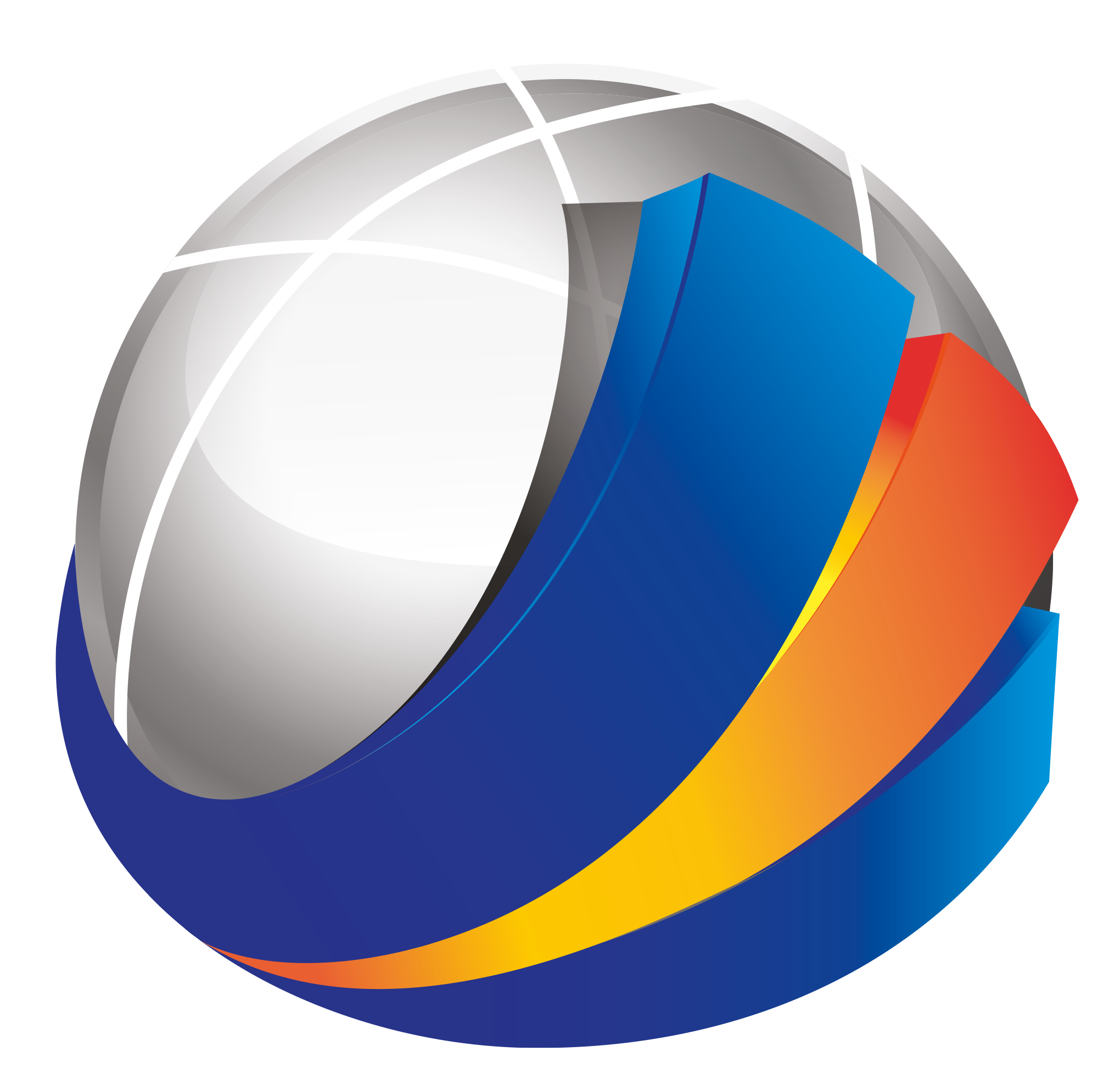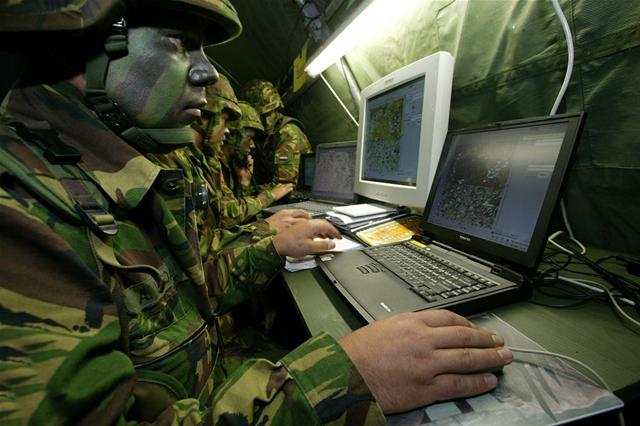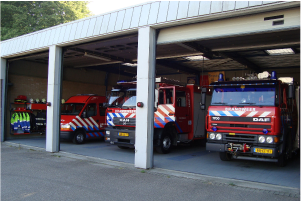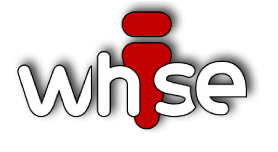Projects

3D REPAIR SNAPPER MOBILE APPLICATION – PITECO
Belgium
The product life cycle of 3D print is now into the stage of spreading out to wider consumer use. Piteco is a company who brings 3D Print into reality, available to the consumer.
It-digin designs and develops a mobile application where the user can take a picture of the desired 3D Print. The user gives the measurements of the object. He or she notes contact details and requests a quote. User gets status and feedback. A quote is sent to the user. The printed parts can be used to restore valuable objects or more ordinary user objects.
The mobile application is built on QT in C++ on Qt framework available on all desktops (Windows, Mac, Linux) and all mobile platforms (Android, iOS, Windows Phone, Blackberry, Tizen,...) and embedded devices (Embedded Linux, QNX, Angstrom, ...).

C2SC – NATO CENTRE OF EXCELLENCE
The Netherlands
The Royal Netherlands Army Command and Control Support Centre (C2SC) is the software development and management house of the Royal Netherlands Army for tactical Command and Control (C2) systems. Several products are developed, among which ISIS (Integrated Staff Information System), a generic Command and Control system for headquarters and other semi-static commanding elements for land-based operations.
It provides a Common Operational Picture to the users in order to create shared awareness in operations. The motor of ISIS and many other applications developed in the C2SC is the C2 Data Framework. C2 Data Framework is a software product developed in-house that provides Network Enabled Capabilities to applications such as ISIS. It includes data services, synchronization services and caching services to provide a shared distributed object base for applications to build on. Main technologies used are C#.NET (Remoting, Windows Services, Windows Forms, ADO.NET and others) and SQL Server.

DISTRIBUTED SYSTEM – ROYAL MUSEUM FOR CENTRAL AFRICA
Belgium
A distributed system built to enable the Royal Museum for Central Africa shop to manage its stock, deliveries, invoices, products, customers, etc. It also includes reporting functionality and cash registers. Different tools are built on the system, for example, allowing the book publishing department to track sales in the shop. Used technologies include Java, RMI, Swing, JDBC, PHP, PostgreSQL and Microsoft .NET.

HARBOUR MONITORING APPLICATION – ROYAL DUTCH NAVY
The Netherlands
We've built a harbour monitoring application for the Dutch Royal Navy. This application monitors the network infrastructure backbone of the harbour using SNMP polling of the HP Procurve switches that form the backbone of the network in that harbour.
Anchoring and leaving ships connect and disconnect from that harbour network. These actions and possible error conditions are visualized in a stunning WPF application. WPF’s support for databinding, user controls, animation and triggers were necessary to release this application within a couple of weeks.

FIREFIGHTERS ARNHEM AD HOC AND MOBILE NETWORK
The Netherlands
The firefighters of the Arnhem region in the Netherlands have deployed a mobile ad hoc network to allow the fire fighting vehicles to communicate with each other when they are nearby. In case the distance is too large between the vehicles to have a connection over a WLAN link, other communication means are used, such as 3G, SATCOM, etc.
Fire fighters have to be able to monitor and to control the system. To allow non-tech-savvy users to comprehend and to control the system an application has been built to ease the operation of the ad hoc router. The user is able to monitor and change settings on the router through a touch screen enabled user interface.

WHOMAN IMMO SOFTWARE (WHISE ONLINE MANAGEMENT) – WHISE NV
Belgium
WHISE NV provides services for real estate agencies. One of its products is a web application called WHOMAN (WHISE Online Management), which allows a real estate agency to manage estates, contacts, orders, invoices, calendar, etc. Its customer base has been growing over the last few years and a need for a more performing system became apparent.
It-digin designed the solution architecture and helped implementing the second generation of WHOMAN, using Microsoft .NET technology. Microsoft guidelines for building service oriented distributed applications were followed as closely as possible. We are responsible for the overall architecture and have developers working on the user interface layers and building the business and data tiers consumed by the UI developers and third-party companies through a service oriented architecture. The web user interface is implemented in ASP.NET 3.5 and the smartclient user interface is implemented in Windows Presentation Foundation.